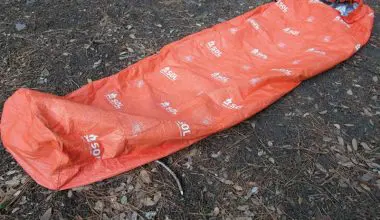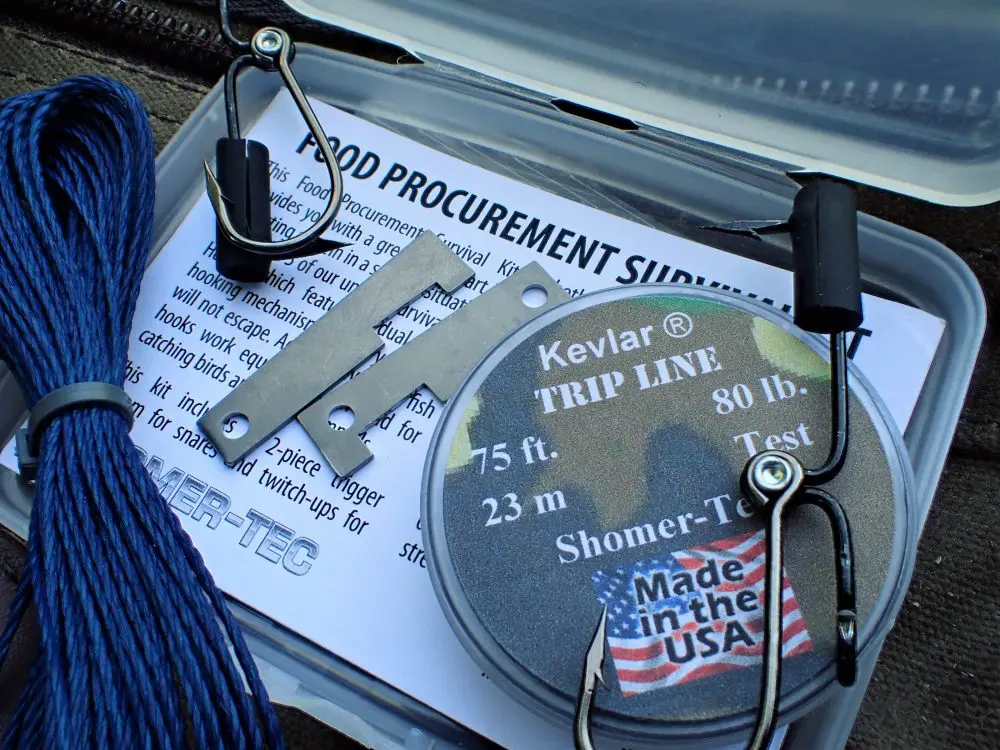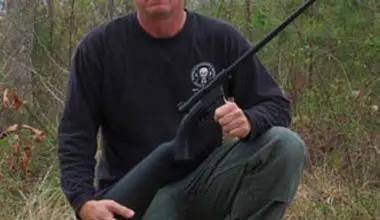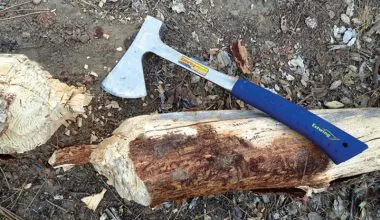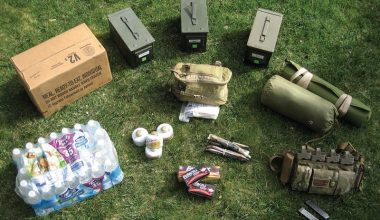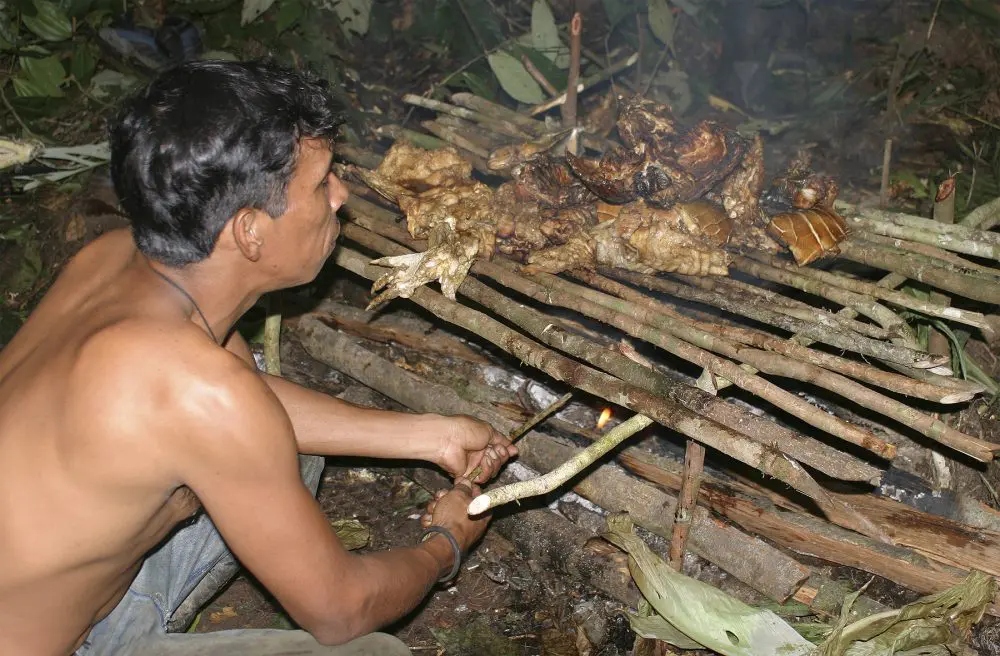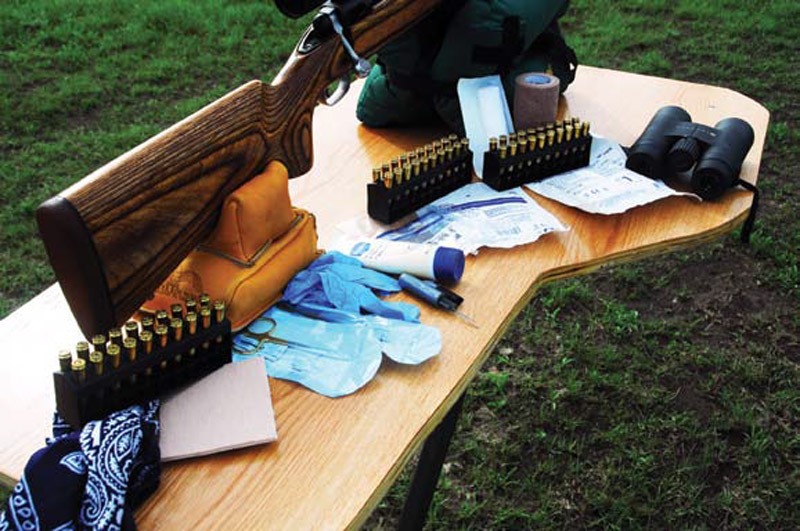
Turn on the television and you’ll see gurus cauterize minor self-inflicted wounds with blackpowder.
A large portion of my practice involves taking care of complex wounds. As a result, I am often approached by salesmen trying to convince me that their newest dressing will work miracles. The products are usually very expensive and work no better or sometimes worse than simpler, less expensive treatments. How many times have you heard, “If you don’t have X, surely a bad thing will happen?” Fear-based advertisements are particularly effective at getting gear nuts (like me) to buy more gear.
I have good news. You do not need to buy a lot of expensive gear to take care of minor wounds in the wild. And you can use the savings to buy something more fun.
There are many ways to treat wounds. This is my personal method:
If you are injured in the wild, seek medical attention. If no help is available, first stop any bleeding. Hold firm, direct pressure on the wound. Adjust the firmness and location of the pressure until you find a point that stops the bleeding. A good rule of thumb is to apply pressure for ten minutes. Do not lift the dressing to see if the bleeding has stopped. The premature release of pressure can allow the bleeding to start again and wash out any small clots.
Once the bleeding has stopped, wash the wound with water until no more dirt or debris is in the wound. The water you use does not have to be sterile. If you can drink it, you can use it to wash out a wound.
Examine the wound for bone and tendon, as exposure of those structures will impact your decision making. Decide whether or not you will use a dressing, and if so, which one. If there is exposed bone or tendon, I try to keep a dressing on the wound to keep those tissues moist. Unless you have medical training and experience, I do not recommend that you attempt to suture wounds in the wild. In most cases, I leave small superficial cuts and scratches open to the air, with or without a little petroleum jelly on them.
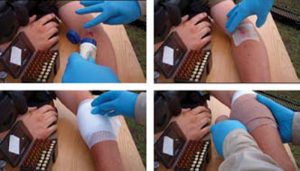
In 1859, Robert Chesebrough went to the oil fields in Pennsylvania. He found that workers were applying a byproduct of oil drilling called rod wax to their wounds to keep them from getting infected. He patented the resulting product under the name Vaseline® in 1872. It is still widely used today in hospitals and burn centers to keep wounds moist and reduce the risk of infection.
In the wild, I prefer to use petroleum jelly on wounds rather than antibioticcontaining ointments. Many people have allergic reactions to the antibiotics in these ointments, and the appearance of an allergic reaction can be confused with an actual infection. (Petroleum jelly also has other uses including fire making when combined with lint, cotton balls or fabric. It is also very useful to prevent and treat chafing.)
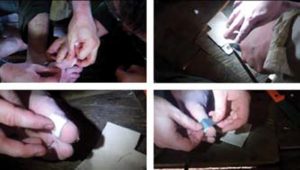
My typical dressing starts with petroleum jelly on the wound, followed by a non-stick material like Adaptic or Telfa. Next I place a 4×4 gauze on the wound if I am expecting a small amount of drainage, or an ABD (Army Battle Dressing) pad for larger amounts. To secure the dressing to a wound on a limb, I use a Kerlix or Kling gauze roll. Coban or an Ace wrap can be used to further secure the dressing to a limb or to apply gentle pressure. Do not make the dressing too tight. I use tape to secure dressings to wounds on flat surfaces like the abdomen.
It is preferable to change the dressing at least once a day, or more often if it becomes soiled.
Understand that the dressing is not there to keep the wound sterile. There is no practical way to keep a wound sterile once it has been created. In my mind, the dressing is there to reduce the chance that dirt and debris will get into the wound, and to prevent the wound from soiling clothing. The addition of petroleum jelly to your dressing will reduce the chance of infection and keep the wound moist. Wounds have been shown to heal faster in moist environments.
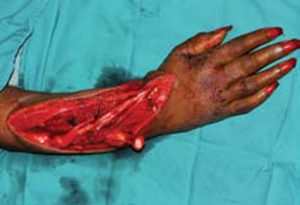
One special wound in the wild is a blister. Most burn centers remove blisters from burn wounds because the fluid in blisters contains inflammatory cytokines that can make the wounds worse. Blister fluid also serves as a good culture medium for bacteria.
A blister on the walking surface of the foot should be treated differently. The fluid should be removed from the blister. If the fluid is left in place, the shear forces while walking will pop the blister and tear the skin over the blister. I prefer to leave the blister skin in place to add a little extra protection and provide a “biologic dressing.” A good way to prevent further damage is to place moleskin over the blister and secure it with tape.
Remember to check all wounds frequently while in the wild. Expect some redness around the wound edges. If the redness spreads from the wound or pus develops in the wound, it is a sign of infection. Wound infections in the wild can be life threatening, and you need to get medical attention quickly.
Finally, complicated things fail. Keep it simple and use standard timeproven methods to treat wounds.
